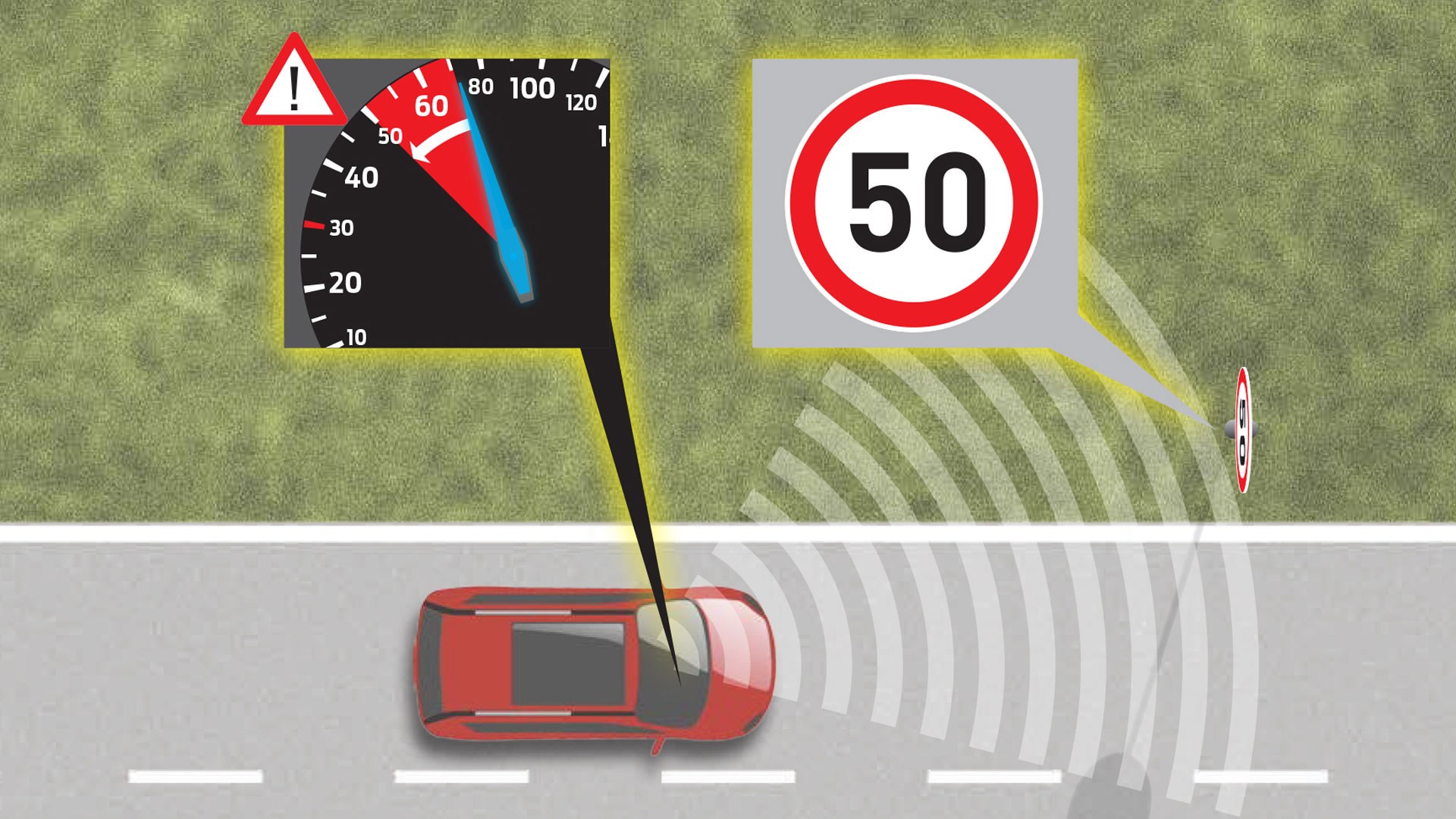
The news that the EU will be making speed limiters in new cars mandatory from 2022 has been grabbing the headlines. This is, however, just the tip of the regulatory iceberg. We break down all the mandated changes you can expect to see on brand new cars from 2022 (and all new cars from 2024), including those much-discussed speed limiters…
Speed limiters
Yes, we open with the infamous speed limiters: technology that can read limits and automatically slow the car down as appropriate. Yes, they will come to the UK in spite of Brexit, and no, they won’t be hard limiters. You’ll be able to switch the system off or push through the limiter with a hard press of the accelerator. At least at first. More strict applications could follow in the future.
Automatic emergency braking
This technology is already available in a lot of new cars, either as standard or a cost-option. From 2022, it will be standard fitment on all cars. Automatic emergency braking, or AEB, can brake for you in emergency situations, such as a pedestrian walking out into the road or when a car ahead suddenly slows.
Alcohol interlock installation facilitation
This will prevent drivers from operating a vehicle if they’re over the drink-drive limit. For previous offenders, this could involve breathalysers being installed in their cars so that they can be tested before every drive.
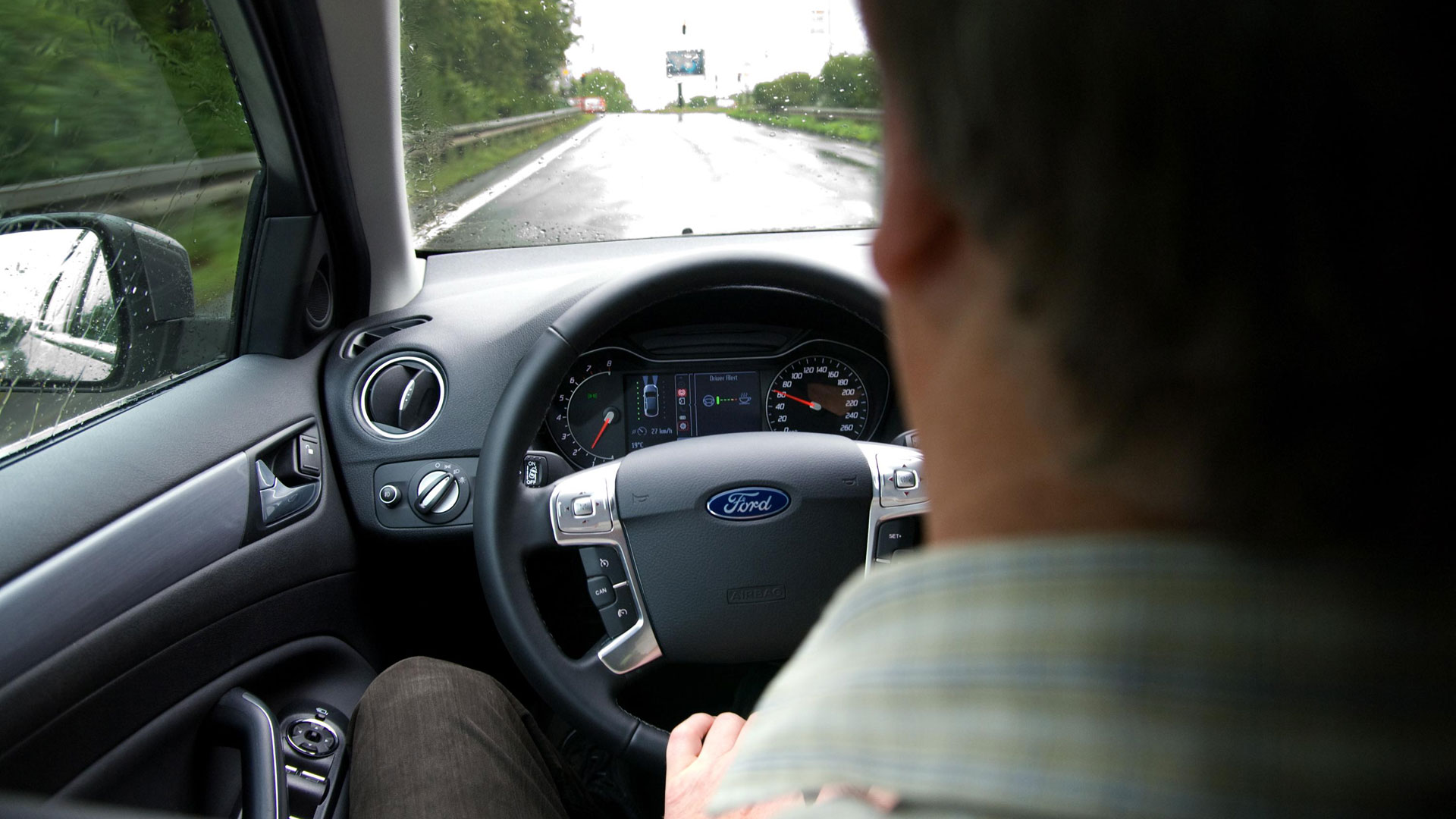
Drowsiness detection
This is a bit more conventional. Some cars, particularly more technologically advanced and upmarket models, have had drowsiness detection for years. It’s become more commonplace of late on lower-end models but as of 2024, all new cars will have it as standard. If you start nodding off behind the wheel, your car is going to notice, and warn you accordingly.
Distraction recognition
Similar to drowsiness detection, distraction detection will monitor if your attention starts moving to things other than driving. No more using your phone on the sly behind the wheel, for example.
Lane-keeping assist
Again, another technology that’s already quite prolific on modern cars. Lane-keeping assist ‘sees’ when you’re straying from your lane, or the direction of the road, and adjusts the steering to keep you on track. Some installations of this system are quite invasive. We hope they’re a bit more refined by the time they’re mandatory in 2024…
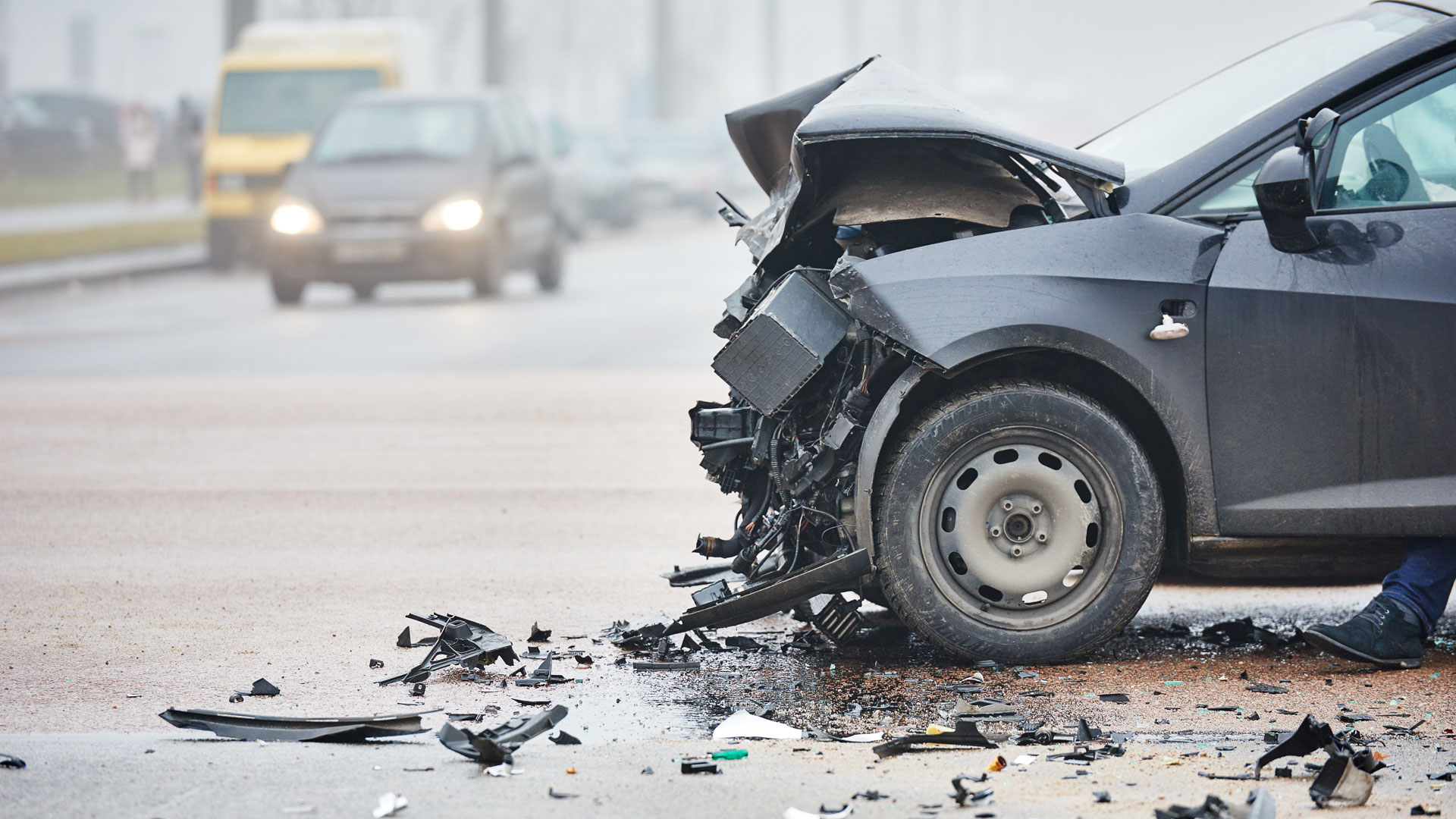
Event data recorder
Not unlike a black box in a commercial aircraft, this sort of tech could record every single piece of information about a car from the moments leading up to and during an accident. That means speed, brake pressure, system functions and everything else you can think of. Useful in courts for insurance purposes, among other things.
Direct vision
This mostly pertains to HGVs and buses. New models must have bigger windscreens and side windows for an improved field of vision. This will help drivers see cyclists, pedestrians and other road users much easier. It could literally be a lifesaver for vulnerable road users.
Emergency stop signal
It’s not entirely clear what this entails, though many cars have a form of signalling for a rapid slowdown. At present, if you slam on your brakes, your hazard warning lights flash to warn drivers behind you. It’s a courtesy that’s been made an automatic feature. We imagine the emergency stop signal will be an extension of this.
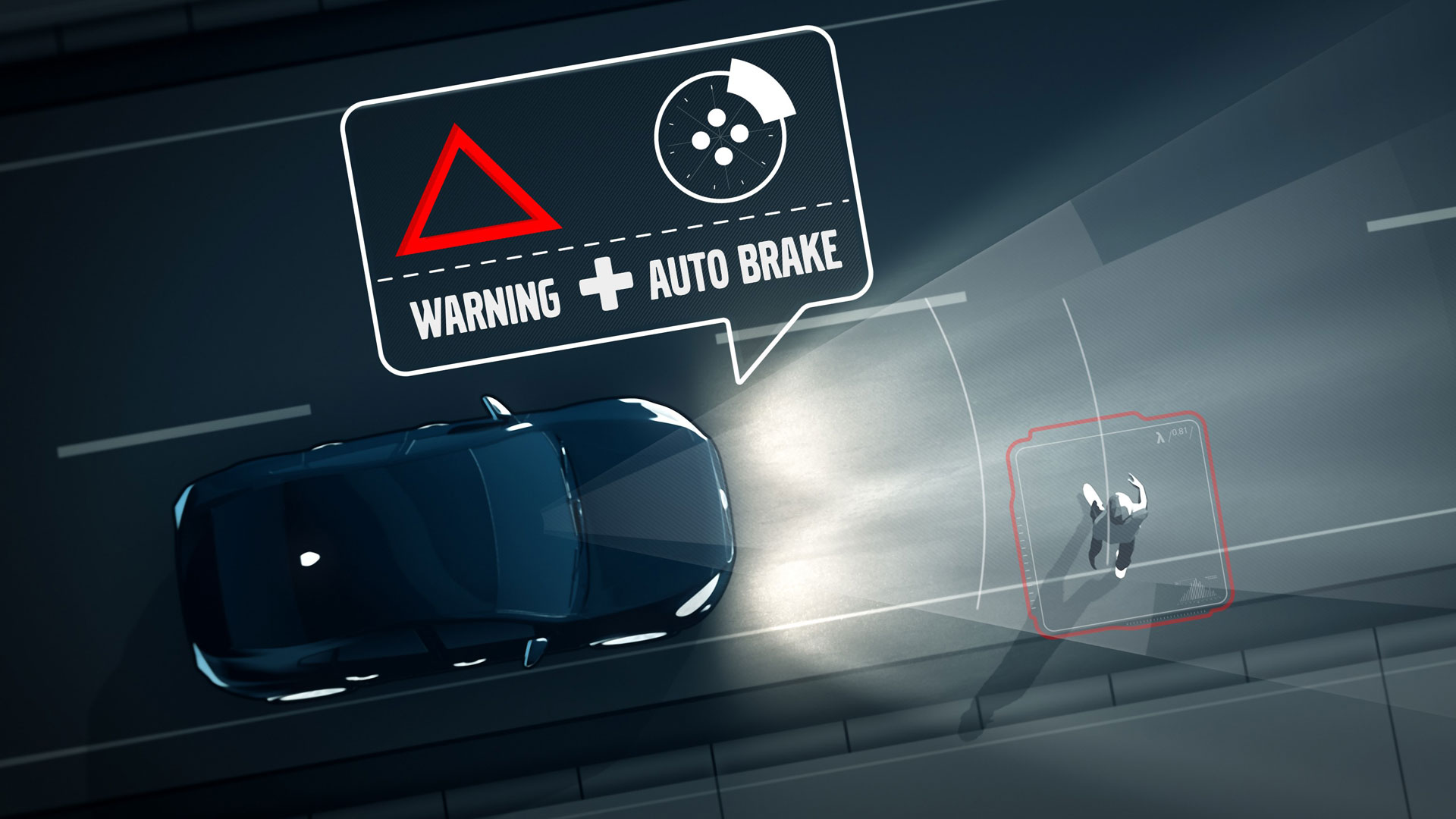
Head impact zone enlargement
In the name of pedestrian safety, the size and safety of your windscreen glass are going to change on new cars. In theory, new cars and vans after 2022 will have windscreens that offer greater protection in impacts, for when airbags are insufficient. We’re sure car designers may have thoughts on the possible implications of this…
Improved pole side protection
Cars and vans will also have to improve pole side protection. This is the scenario during an NCAP safety test where a car is moved at speed side-on towards a concrete pole, with the impact being more or less in the middle of the car. It is an extremely severe test of vehicle crash-worthiness: making the regulations even stricter could prove challenging to vehicle manufacturers.
Improved seatbelts and occupant protection
This does what it says on the tin. We all use seatbelts and, from 2022 in new cars, they’re set to get better, with the aim of further of improving full-width frontal safety.
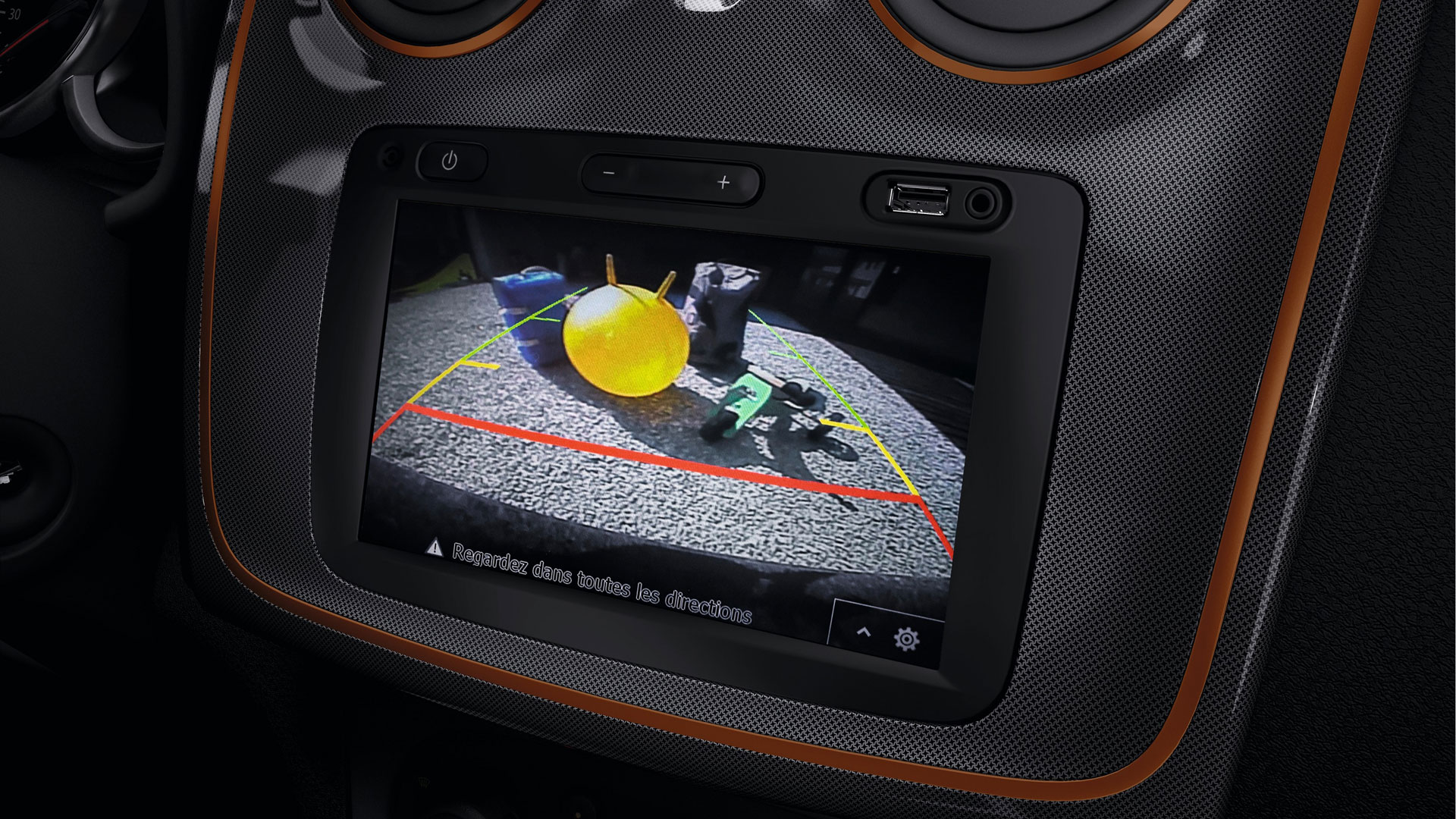
Reversing cameras and parking assistance
Yes, reversing cameras as well as parking sensors will be becoming mandatory for all new road vehicles sold after 2024. These systems have been available as options on many cars for some time. Reversing cameras have been mandatory in the United States for some time now.
Tyre pressure monitoring system
Many cars come with this feature but from 2024, all new and heavier vehicles need to come with such systems fitted as standard. That’s vans, trucks and buses, as well as cars.
Vulnerable road user detection and warning
Trucks and buses, as well as being required to have a better field of vision, will also be required to have a vulnerable road user detection system. That could mean cameras, sensors, anything to spot pedestrians, cyclists or otherwise, and alert the operator of the vehicle, thus improving road safety for those outside of vehicles.
Why no automatic breaking on trucks. Trucks seem to regularly plough into the back of cars on the motorways.
All new trucks already have them.